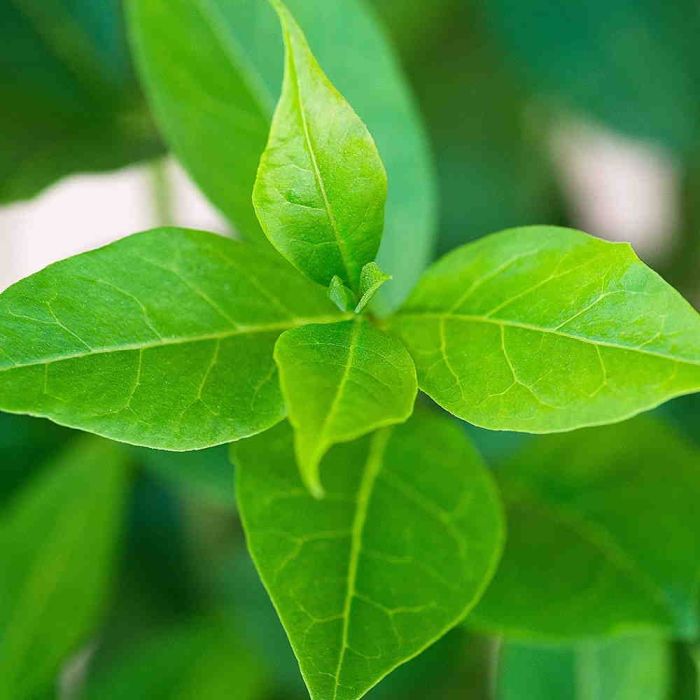
Privet Hedging or Common Privet Ligustrum ovalifolium
In stock


2. Select Your Product Individual Plants
Choose between a range of sizes and select the quantity right for your job
Package Deals
Benefit from bulk buying with money saving product bundles
Root types explained.
-

Bare root
Field grown, bare roots are young plants that are only planted when they are dormant, from autumn to spring. We lift bare root plants and despatch them during the season but they can be pre-ordered in summer. As they are cheaper to grow, they are one of our most affordable hedge planting options.
-

Pot grown
Pot grown plants can be planted year round and make a convenient option. They come in a wide range of sizes, from 10cm to 2.5m so they're suitable for the majority of planting requirements.
-

Root ball
Also field grown, root ball plants are scooped out of the ground using machinery to keep their root system intact and wrapped in bio-degradable, hessian sacks. They are mature plants that provide dense coverage very early on, ideal for when you need a thick hedge quickly.
-

Instant
Grown in troughs or bags that measure 50cm-1 metre in length and carefully clipped during the growing season. Our instant hedging troughs create a dramatic, instant hedge effect.
Key Features
EVERGREEN
FAST GROWING
HAS BERRIES
HAS FLOWERS (White)
Ligustrum ovalifolium Hedge Plants Description
Common Privet (Ligustrum ovalifolium) is known for its vibrant, oval-shaped foliage. This semi-evergreen species holds on to most of its leaves throughout the winter, only shedding in particularly cold conditions. During the summer, clusters of small, creamy-white flowers appear, releasing a sweet and floral fragrance (though some may pick up slightly spicy notes) that attracts bees and butterflies. These flowers give way to tiny black berries that are a hit with native birds.
Its dense, leafy foliage makes Common Privet an excellent choice for soundproofing and wind protection. Relatively fast-growing and easy to shape, Privet hedge plants produce up to 30cm of new growth annually and can be trimmed into crisp, clean lines or left slightly looser for a more natural look. This hardy species thrives in urban environments, coastal areas, and even polluted air conditions, making it a reliable choice for town or city gardens. It grows well in most soil types — except for waterlogged ground —and handles both full sun and partial shade with ease.
Ligustrum ovalifolium hedge plants come in bare root, root ball, pot-grown, and instant hedging varieties, making it simple to create beautiful boundaries. Bare root plants are a great value option during the dormant season (November to April), while root balls are available from November to early spring.* For year-round planting, choose pot-grown or instant hedging. Learn more with our helpful guide to hedging root types.
If you need advice on how many plants to order, our planting density guide can help you plan the perfect hedge.
*Bare-root and root-ball stock are subject to availability and may change, but are generally available from autumn through to spring.
Vital Plant Information
Reviews
Plant Guarantee
Hedges Direct always supplies quality plants, however we know that sometimes plants have a mind of their own. With the Hedges Direct Green Guarantee, we've got you covered. Our 12-month guarantee is our 100% promise to you, that you can buy with complete confidence, that if any plants fail within 12 months, we will replace them when the guarantee conditions are met.
-
Step 1
Root Grow & Fertiliser
Ensure you buy root grow and fretiliser with your plants at the time of purchase
-
Step 2
Prepare Your Planting Area
Make sure your planting area is in good condition and suitable for planting
-
Step 3
Plant & Feed
Plant with root grow & the second feed. Support plants if necessary. Water regularly
Pruning Advice
Common Privet is a resilient hedging plant that can handle frequent pruning to help its growth stay well-maintained. For a dense Common Privet hedge, we recommend pruning it twice a year, in early summer and again in winter during its dormancy.
During the summer pruning, focus on shaping the hedge to promote dense growth and enhance its aesthetic appeal.
A harder prune later in the year can help it maintain its structure over the winter months and means you’re less likely to disturb any nesting birds in the spring. Privet is quite forgiving and can handle severe pruning if necessary, which can be beneficial for rejuvenating older or overgrown hedges.
 Hedges Direct
Hedges Direct 





